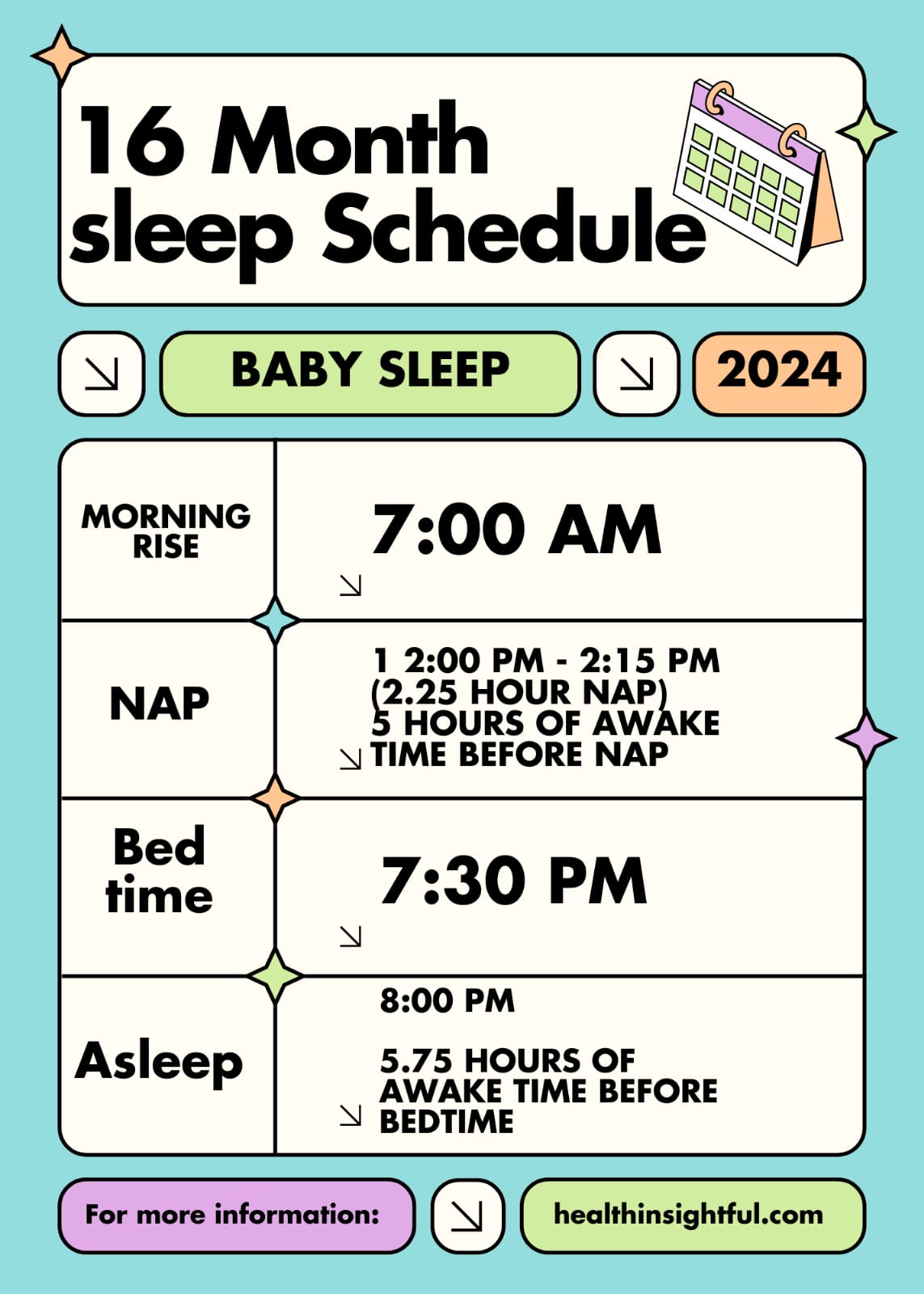Introduction
Daylight Saving Time can be quite tricky to handle for families, and when it comes to your baby’s sleep schedule, then it is an absolute challenge. The time shift is going to upset your baby’s internal clock, and he or she is going to find it very difficult to fall asleep and get up. Knowing how to adjust your baby’s sleep schedule over DST is important in keeping them on track while ensuring that you get enough rest. The article will apprise one of practical tips and strategies that can easily guide one through Daylight Saving Time.
1. Understanding the Impact of Daylight Saving Time
Daylight Saving Time is usually just setting the clock an hour ahead in the spring, as most people refer to it-spring forward-and an hour back in the fall-or so the saying goes, fall back. For babies, however, it can be most frustrating since their own internal sleep/wake cycle has been thrown off kilter.
- Spring Forward: Your baby will essentially be going to bed and waking up an hour earlier in the spring when the clocks move forward an hour. This has negative implications, which may be overtiredness and misadjustment in the wake of new times.
- Fall Back: If the clocks fall back an hour during a fall, either the baby gets up too early, or doesn’t adjust for that extra time and thus sleeps in. Both of these make nap time irregular and sleep-time inconsistencies may occur. This can result in bedtime battles.
2. Gradual Adjustments: A Two-Week Plan
Helping ease the transition by gradually changing your baby’s sleep schedule before the time change may help. Here’s some ideas on a two-week plan to help your baby adjust with ease:
Spring Forward:
Two Weeks Before DST:
- Changing Bedtimes: Move the baby’s bedtime 10-15 minutes earlier every few days. For example, if the baby goes to bed at 7:00 PM, work one’s way backward to 6:45 PM, then 6:30 PM, until one reaches the new ideal bedtime.
- Naps: Progressively change the time of naps to accommodate the new bedtime. Move the nap time 10-15 minutes earlier each day in the same graduations used in adjusting bedtime.
Week Before DST:
- Consistency: Continue with these gradual changes, and ensure that bedtime routine is constant. Ensure that your baby sleeps in a sleep-conducive environment, where the room is cool, dark, and quiet.
Day of DST:
- Stick to the New Schedule: On the day of the time change, you should follow the new schedule for bedtime and naps. It is recommended not to let your baby sleep in or take longer than usual naps just to fit the new schedule.
To Fall Back:
Two Weeks Before DST:
- Bed Time Change: Begin to inch your baby’s bedtime back 10-15 minutes every couple of days. This means that if your baby’s bedtime is at 7:00 PM, inch that back to 7:15 PM, then 7:30 PM, and so forth.
- Nap: It would also be worth trying inching nap times back, moving each nap 10-15 minutes later every few days in preparation for the new bedtime.
One Week Before DST:
- Establish the New Routine: The new routine should be pursued regularly in addition to the common night routines. These would help the babies lock in the new sleep pattern.
Day of DST:
- Follow New Schedule: Introduce the new timing of bedtime and naptime. If the baby wakes up too early, let them stay in the crib or entertain them quietly, playing, till the new wake-up time.
3. Tips to Transition Smoothly
Additional hints to help your baby adjust on this time change during Daylight Saving Time include:
1. Be Consistent:
While working this out, be consistent with the new times for sleep and all other routines. As a matter of fact, this is what makes your baby’s internal clock adjust more quickly.
2. Natural Light:
Expose your baby to sunlight during the day so that his internal clock gets reset. Morning sunlight may send an inducement to wake up and enjoy the morning hours of the day.
3. Establish a Soothing Bed Time Ritual:
The bedtime ritual would be soothing and hereby, allow your baby to know when it is actually time to sleep. A warm bath or rocking is gentle, or even reading a story to your baby to relax him before sleep.
4. Be Patient:
It takes a few days for the baby to get attuned to the changed schedule. Please be patient and allow your baby to take his or her sweet time to adjust to the time change and provide extra comfort and reassurance during this transition if needed.
5. Keep an Eye on Sleep Patterns:
Observe your baby’s pattern of sleep and behaviour. If there is a marked change in these, then you can make small adjustments to his schedule until it goes back to normal. If the problem persists, then consult your paediatrician.
4. Overcoming Common Challenges
1.:Poor Sleep Onset: If your baby has started to wake up and finds it difficult to sleep due to the time shift, make sure that the sleeping environment is sleep-friendly. You should create an environment with a white noise machine or blackout curtains for better sleeping conditions.
2. Waking Up Too Early: When your baby starts waking up too early in the morning-for example-just try to hold them in their bed until you reach the new time. Let your baby use their comforter to self-soothe or employ gentle soothing.
3. Disrupted naps :Time naps differently and allow the duration of daytime naps not to get out of hand. There must be appropriate spacing so that the nights get sleep without disruption.
5. Conclusion
Your baby’s sleep needs adjustment in DST carefully and gradually. If you ease into it with a two-week adjustment plan, are consistent, and work strategies to address the common challenges, then it could be a little easier on the baby. Be patient and flexible while your baby takes some time to get used to this new routine. And if you need additional help, don’t hesitate asking for your pediatrician’s assistance. These will ensure that your baby rests well and continues with a healthy sleep pattern throughout the year.










